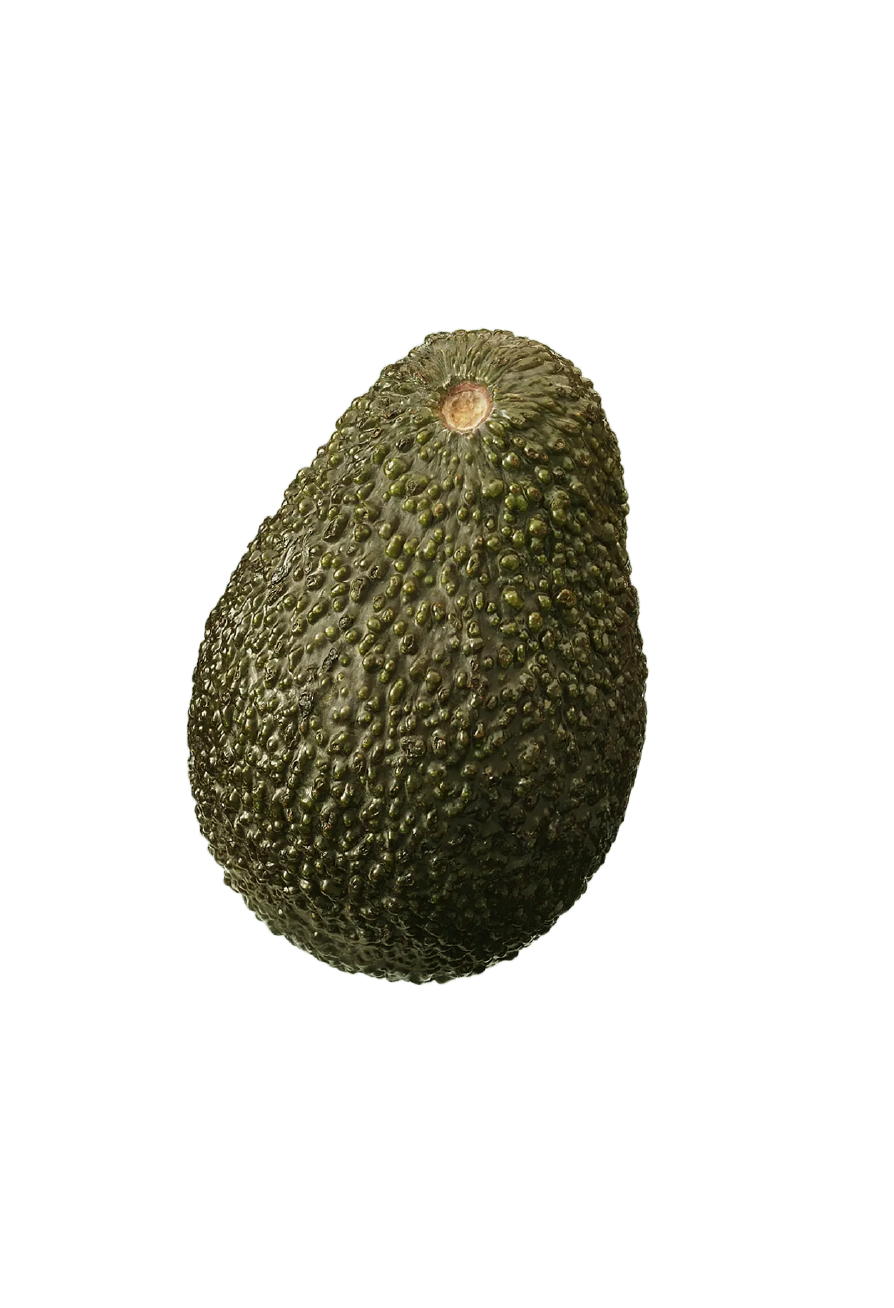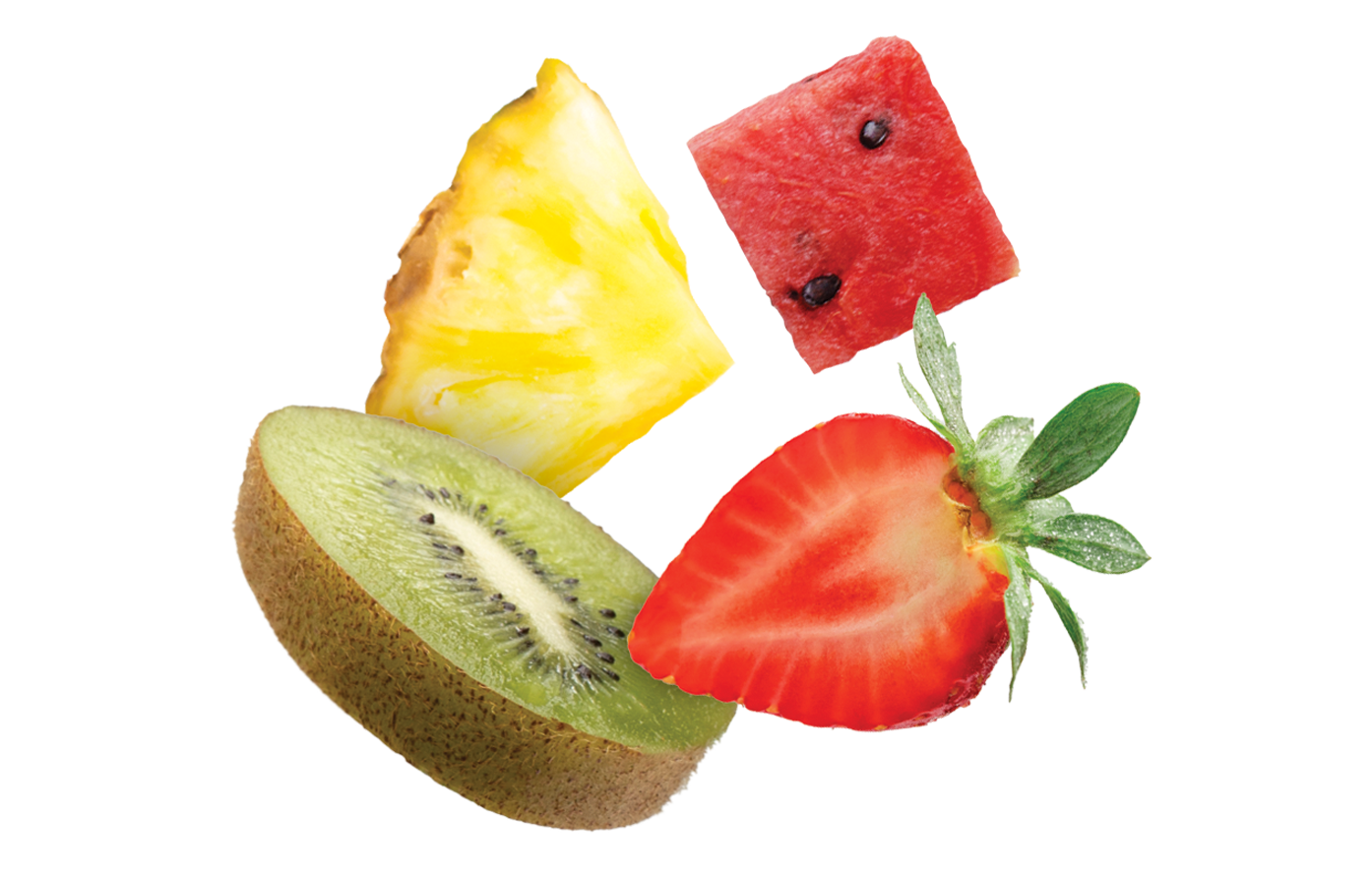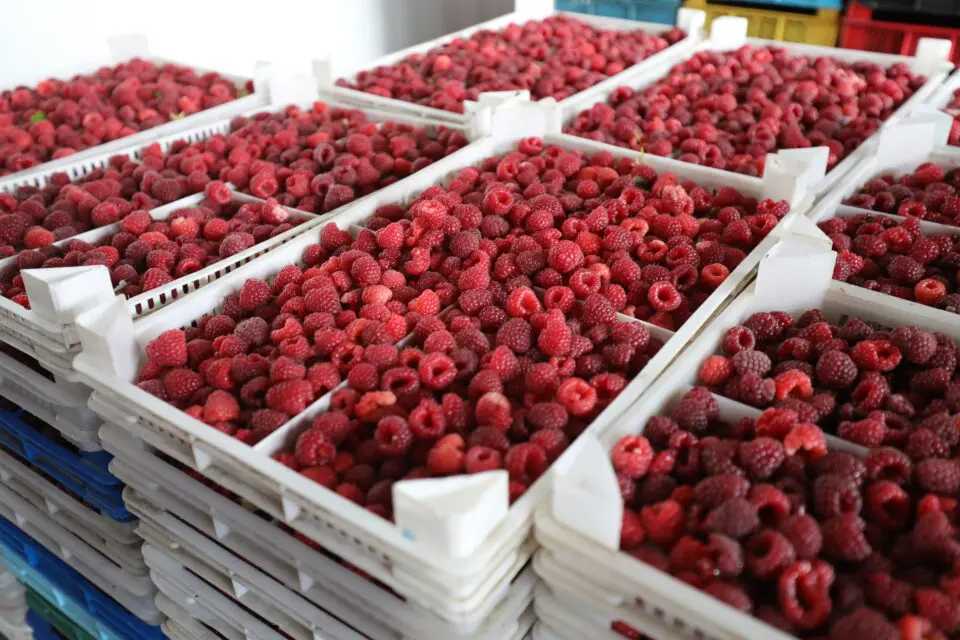The berry supply chain has an overall wastage rate of 8% – with the largest proportion of total waste taking place during the transport phase (c.35% but very variable depending on many factors such as cold-chain and road or sea freight etc.), with household (c.20%) and retail (5%) also having significant contributions (Shah et al., 2023). The RYPEN Pad can aid in reducing waste in these areas by slowing ripening/development, reducing quality defects and thus extending shelf-life.

This is achieved by reducing the concentration of ethylene around the produce, an important signal and plant hormone responsible for fruit ripening, softening and senescence. RYPEN provides protection by adsorbency of ethylene – which means no chemical reactions, leakage or biochemical changes to the produce. RYPEN is a food contact safe option which has been incorporated into moisture absorbent pads.
By prolonging life, less is wasted by extending the time available for fruit to be sold and eaten before it reaches an inedible or unsaleable state, which would otherwise result in over-maturity or the development of rots and moulds etc.
Transport of berries is time sensitive, with raspberries often harvested at an early stage of maturity and colour development to enable longer transits for export into other countries. By increasing shelf-life and slowing development, there is less waste of over-mature and unsaleable berries reaching the other side, berries can retain firmness to better survive the journey, and more time is achieved in retail and consumer life.
With RYPEN we enable growers to transit over longer distances or enable harvest of raspberries to be delayed so that they reach higher maturity and ripen on the cane, making them easier to pick with flavour more developed.
Shah, H. M. S., Singh, Z., Kaur, J., Hasan, M. U., Woodward, A., & Afrifa-Yamoah, E. (2023). Trends in maintaining postharvest freshness and quality of Rubus berries. Comprehensive Reviews in Food Science and Food Safety, 22, 4600–4643. https://doi.org/10.1111/1541-4337.13235



















